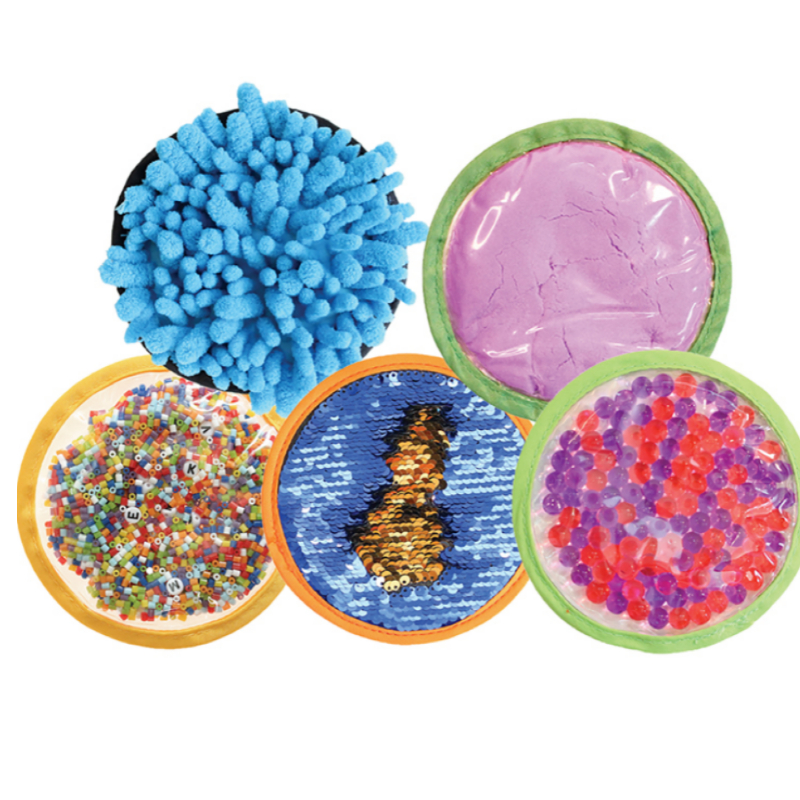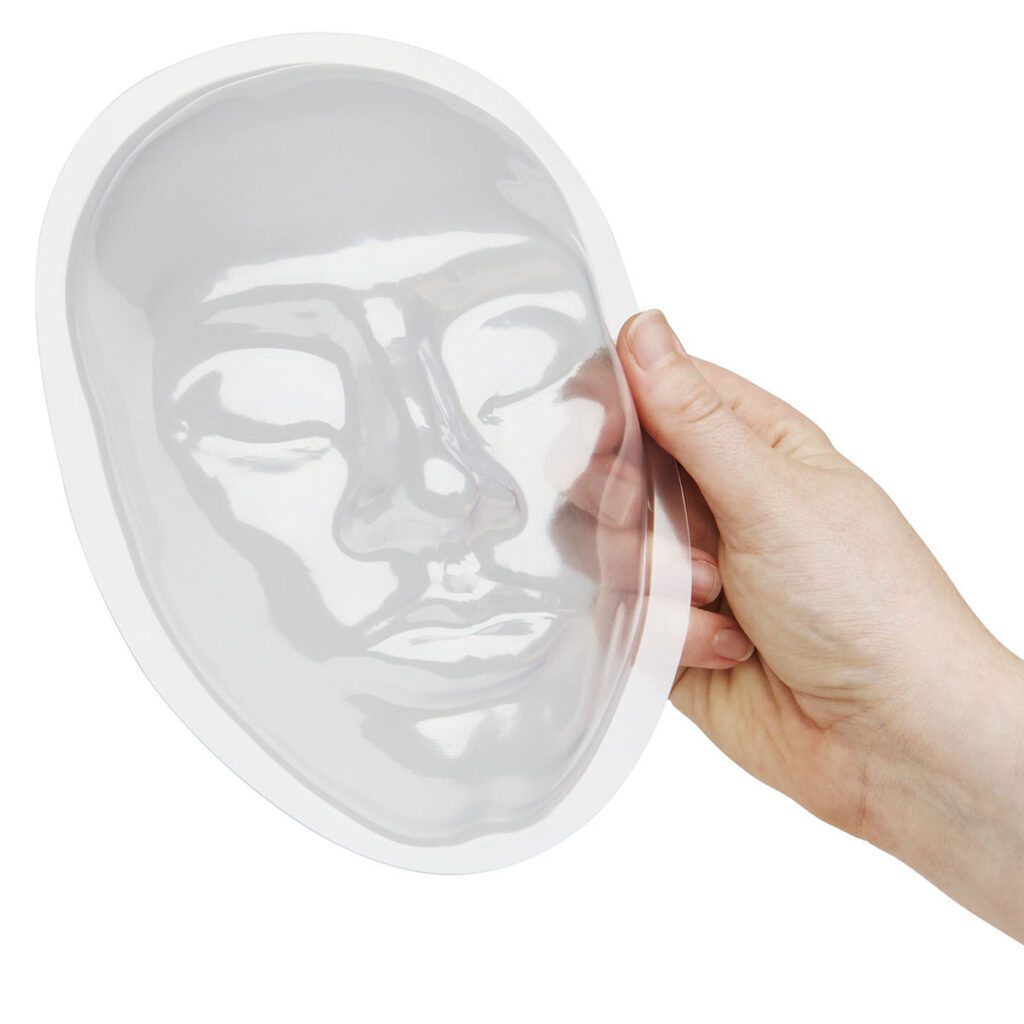3 Summer Activity Ideas for Children with Sensory Disabilities

Summertime can be difficult for parents and caretakers wondering what to do with their children during the long months when school is out and everyone is hot and restless. Below we offer 3 summer activity ideas for children with sensory disabilities.
1. Make a Sensory Playkit
Just because school’s out doesn’t mean enrichment needs to stop. In fact, summer can be a time when children dig more deeply into experiencing the world around them – even in their own house. One way to keep children stimulated during hot summer months is to put together a sensory playkit for them to explore. If your child has limitations in one sense, boost their engagement with their other senses. Below are suggestions for sensory kits that include items that are fun to touch, hear, and smell.

Tactile/Touch
It’s a fact that has long frustrated germ-conscious parents: kids love touching things! Use this to your advantage in creating a tactile sensory kit for your child to explore on days they are stuck inside or need to be self-entertaining. Varied assortments of items like buttons or shells can be fun for children to run their fingers along. You can make a game of it by asking them to identify similarities and differences between the various objects. Ask advanced children to think about why things are constructed differently. Why, for instance, do they think different shells have different shapes and textures? What purpose do these serve for the creatures that lived inside?
Auditory/Sound
Particularly if you are a guardian who works from home, you may be conscious of when your child is making too much noise. However, for children who are impaired in other senses such as sight or mobility, auditory play can be a crucial part of their engagement. Assemble a few auditory treats that also have a limited sound threshold to provide enrichment for your child while also keeping the overall noise level down in your house.

The buttons and shells suggested for the tactile playkit above can also be used to create pleasing plinking sounds as they tap against each other. Products designed to provide various soft sounds, such as Sensory Discs, can also provide a varied auditory experience. Lastly, everyday household objects can be assembled and offered to your child to experiment with sound. What materials make different noises? Why do they think that is?
Olfactory/Smelly
In an earlier post we shared details on how to make a DIY scent kit for children. In small containers with lids such as empty spice jars or travel vials, place tiny amounts of fragrant, natural products. Great options can be found in your kitchen: coffee grounds, cinnamon, lemon peel, coconut oil, flavored tea bags, or any selection of herbs. As your child learns to identify each smell, switch up your set with subtler scents like honey, pepper, or flower petals. There are tons of fragrant things around your house – you may be surprised to discover your own new favorite smell as you hunt for things to include!

2. Conduct a Sensory Scavenger Hunt
Scavenger hunts are a great way to encourage children to explore their environment using different senses, and can be done inside or outside. A hunt can be designed for any type of sensory prompt. Send your child on assignment to “collect” five or more experiences of a given sense, depending on their ability level. You can challenge them by giving them specific prompts that they have to fulfill with their search. Below are some suggestions for the types of things your child may have to search for. Depending on your child’s abilities, you can give them harder or easier prompts to find. And, since senses can sometimes be a matter of personal discernment, feel free to give your child open-ended prompts that they can interpret freely – you may discover new insight into how your child experiences the world around them.
Visual
- Something red.
- Something reflective.
- Something matte.
- Something monochromatic (having many shades of the same color).
- Something translucent.
Auditory
- An animal sound.
- A slow tempo sound.
- A high-pitched sound.
- A sound that’s made when two different materials connect.
- A sound that’s made when something is opened.
Tactile
- Something soft.
- Something spiky.
- Something round.
- Something bumpy.
- Something cold.
Olfactory
- A smell that’s sweet.
- A smell that’s fruity.
- A smell that reminds them of a holiday.
- A smell that they can smell from an arm’s length away.
- A smell that reminds them of a place.
Gustatory
(Note: Gustatory, or Tasting, Scavenger Hunts should ALWAYS be supervised to prevent children from consuming things they shouldn’t eat. This is the most limited sensory scavenger hunt since it mostly relies on foods, but can be fun to do with your child.)
- A taste that’s salty.
- A taste that’s minty.
- A taste that citrusy.
- A taste that’s sweet.
- A taste that they usually have in the morning.
3. Create a Sensory Self Portrait
While self portraits are usually visual art pieces, who says they have to be? Ask your child to create a self portrait using one of their other senses. For instance, how would they make a self portrait that has to be felt instead of seen? How would they depict themselves using sounds instead of images?

This is an open ended, creative activity that can yield a lot of different results. For instance, one child might decide that an auditory self portrait must be a song, while another might choose to tell a story with themselves as the main character. A third might even just list facts about themselves. Be open to letting your child decide what this project means to them and empowering them to explore self expression through different senses. Then, set time aside to let them present their work to you. This can be a multi-day project as your child experiments with expressing themselves in multiple sensory ways.
